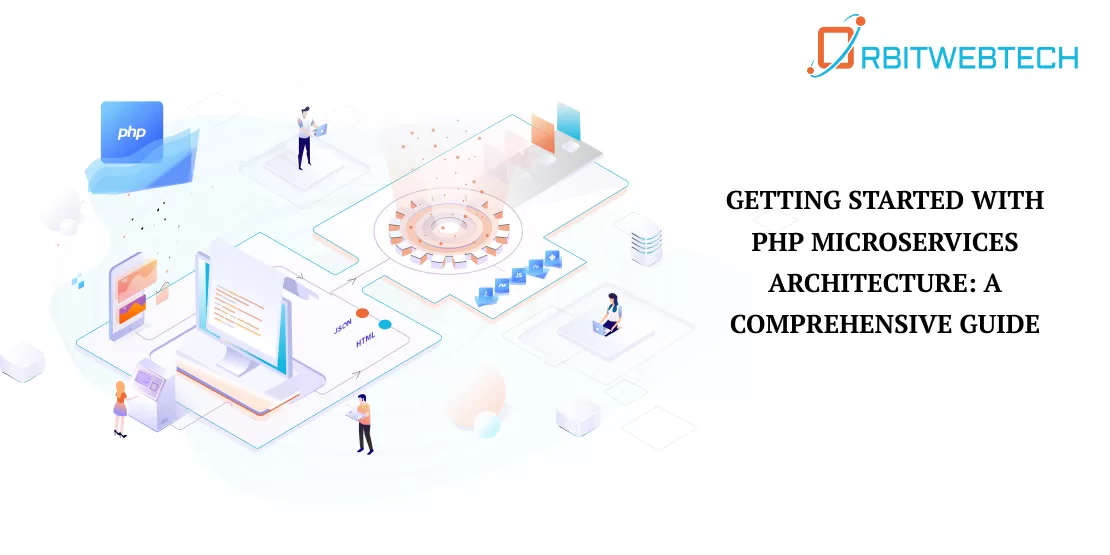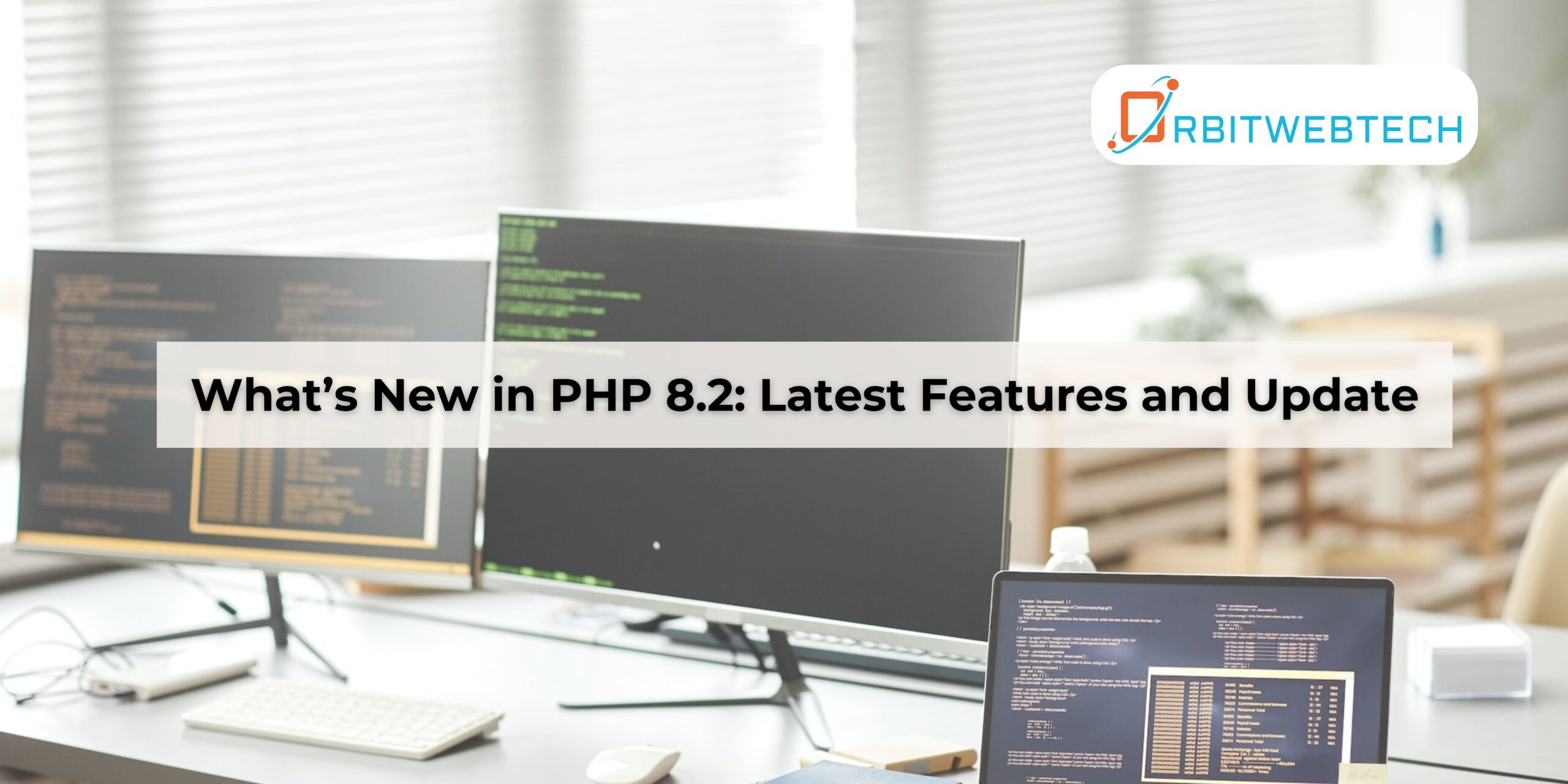
Building a modern, scalable application requires more than just choosing the right tools, it’s about adopting an architecture that allows flexibility, ease of maintenance, and growth. PHP Microservices Architecture is becoming increasingly popular because it offers businesses the ability to break down complex applications into smaller, independent services that work together.
This approach not only makes it easier to manage and scale systems but also enhances performance, making it an ideal choice for businesses seeking long-term success. But what makes PHP such a strong fit for this model? Let’s explore the reasons behind the growing adoption of PHP Microservices Architecture and how it can benefit your business.
What is Microservices Architecture?
Microservices is an architectural style that structures an application as a collection of small, loosely coupled services, each responsible for a specific functionality. These services are independently deployable and communicate with each other via APIs (Application Programming Interfaces). Microservices stand in stark contrast to monolithic architecture, where all components are bundled together into a single unit.
Key Differences Between Microservices and Monolithic Architecture:
- Monolithic Architecture: A single, unified application that is difficult to scale and maintain.
- Microservices Architecture: Independent, smaller services that can be developed, deployed, and scaled individually.
The core advantages of microservices architecture are:
- Scalability: Easily scale individual services depending on traffic and resource needs.
- Flexibility: Each service can be developed, updated, and maintained independently.
- Ease of Maintenance: With smaller and isolated codebases, debugging and updates are faster and less risky.
For businesses that need to stay competitive and agile, microservices architecture offers numerous benefits that can revolutionize how software is built and maintained.
Why PHP is Ideal for Microservices
PHP, a widely-used and highly versatile programming language, is a fantastic choice for building microservices. Though often associated with web development, PHP can power highly scalable backend applications in the microservices architecture.
Key Reasons Why PHP Works Well for Microservices:
- Familiarity and Community Support: PHP is one of the most widely used languages, with a large community offering a wealth of tools, libraries, and frameworks to make microservices development easier.
- Frameworks: PHP frameworks like Laravel and Symfony provide built-in tools for developing microservices, such as routing, authentication, and service orchestration.
- Performance: PHP has evolved to become a performant language, and with the proper tools (like Docker), it can handle high-performance demands in microservice-based environments.
- APIs and Integration: PHP’s ability to work seamlessly with RESTful APIs and message brokers makes it an excellent choice for building microservices.
By choosing PHP for scalable architecture, businesses can leverage the language’s flexibility, vast ecosystem, and robust community support to efficiently implement microservices.
Setting Up PHP for Microservices
When setting up a PHP-based microservices architecture, you need to choose the right tools and technologies to build, deploy, and scale your services effectively. Here are the key components and technologies that will make your PHP microservices development process smoother:
Key Tools and Technologies:
- PHP Frameworks: Frameworks like Laravel and Symfony can simplify the creation of microservices. These frameworks provide built-in tools for routing, middleware, and service discovery.
- Docker: Docker is a containerization tool that allows you to package PHP applications and microservices into lightweight containers. This simplifies deployment and scalability across different environments.
- API Gateways: Tools like Kong and Traefik can be used to manage API traffic and act as a bridge between the different microservices.
- Message Queues: For inter-service communication, tools like RabbitMQ and Kafka are commonly used to handle asynchronous requests.
Step-by-Step Guide to Setting Up a PHP-Based Microservice:
- Install Docker: Begin by installing Docker to containerize your PHP applications and services. Docker helps in ensuring that your microservices are environment-agnostic.
- Choose Your Framework: Pick a PHP framework like Laravel to create your service. With Laravel’s built-in tools, you can quickly set up API routes, middleware, and database connections.
- Set Up API Communication: Use RESTful APIs to allow microservices to communicate. Each microservice should expose APIs for other services to interact with it.
Deploy and Scale: With Docker and Kubernetes, you can deploy your PHP microservices and scale them as needed based on load and performance requirements.
Setting up PHP for microservices involves configuring the right tools and ensuring your services are modular and independent of each other. By following the right steps, you can ensure your system is well-architected and ready for growth.
Best Practices for PHP Microservices Architecture
To get the most out of your PHP Microservices Architecture, here are some best practices that can enhance your development and deployment process.
1. Modular Development
Keep each microservice small and focused on a specific business function. This ensures that each service remains lightweight and easy to maintain.
2. API-First Design
Design and expose your APIs early in the process. This allows your microservices to communicate effectively and ensures that other services can integrate seamlessly.
3. Automated Testing
Automate the testing process for each microservice to ensure that updates or changes don’t break the system. Tools like PHPUnit can help you run tests automatically whenever new changes are introduced.
4. Service Discovery
Use service discovery mechanisms to allow microservices to locate and interact with each other. Tools like Consul and Eureka help in this area.
5. Monitoring and Logging
Implement robust logging and monitoring solutions like ELK Stack (Elasticsearch, Logstash, Kibana) to track the health and performance of your microservices. This ensures quick troubleshooting and helps in proactive maintenance.
Common Challenges and How to Overcome Them
While PHP Microservices Architecture provides numerous benefits, it comes with its own set of challenges. Here’s how to tackle some of the most common issues:
1. Scalability Issues
Microservices allow you to scale individual services, but managing this across multiple services can become complex. Solution: Use Docker and Kubernetes to automate scaling and ensure high availability.
2. Managing Multiple Services
With multiple microservices, the complexity of managing dependencies and integration increases. Solution: Use API gateways and service orchestration tools to streamline the communication and integration of services.
3. Integration Concerns
Ensuring smooth integration between microservices is crucial for their success. Solution: Implement message queues and event-driven architecture to handle asynchronous communication effectively.
By proactively addressing these challenges, you can ensure that your PHP-based microservices architecture is efficient, scalable, and maintainable.
Conclusion
In conclusion, PHP Microservices Architecture is a powerful solution for building modern, scalable, and maintainable applications. With the right tools, practices, and frameworks, PHP is more than capable of supporting a robust microservices architecture.
If you’re ready to build scalable and flexible applications using PHP for scalable architecture, now is the time to dive in. Whether you’re just getting started with PHP microservices or looking to optimize an existing system, the possibilities are endless.
At Orbitwebtech, the best web development company in the USA, we specialize in helping businesses implement microservices architecture for beginners. Contact us for expert PHP development and start your journey toward creating scalable and efficient applications today!
Frequently Asked Questions About PHP Microservices Architecture
PHP Microservices Architecture breaks down applications into smaller, independent services that can be developed, deployed, and scaled separately. This approach improves scalability, flexibility, and ease of maintenance, which is crucial for businesses aiming for growth in the digital age.
PHP is a versatile language with robust frameworks like Laravel and Symfony, making it ideal for building microservices. PHP’s support for RESTful APIs and seamless integration with tools like Docker enhances its ability to handle scalable, independent services that communicate efficiently.
PHP allows businesses to leverage a rich ecosystem of frameworks, tools, and libraries to develop scalable and maintainable services. Additionally, its ability to work well with APIs and containerization technologies like Docker makes it a great choice for microservices-based applications.
Challenges like managing multiple services, integration issues, and scalability concerns are common. Solutions include using API gateways, implementing service discovery, and utilizing tools like Docker and Kubernetes to automate scaling and manage dependencies.
Yes, PHP can be used to build large-scale microservices systems, especially when combined with the right tools like containerization (Docker), orchestration (Kubernetes), and frameworks (Laravel, Symfony). PHP’s flexibility and support for high-performance solutions make it well-suited for handling complex, large-scale architectures.

